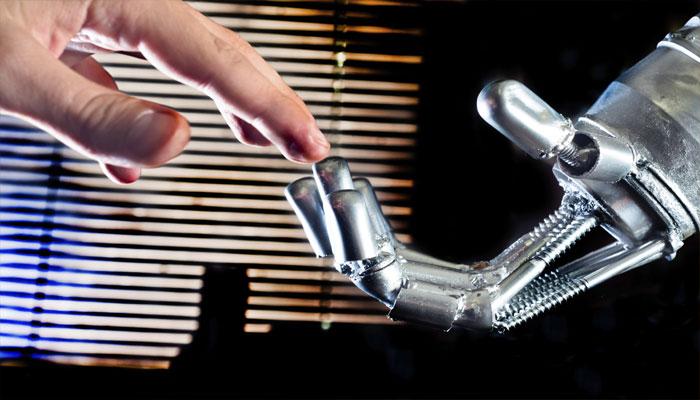New robotic finger can be mistaken for real deal
A robotic finger that can be confused with a real finger has been developed.
Trending Photos
)
Washington D.C.: A novel robotic finger that looks and feels lifelike has been designed.
Researcher Erik Engeberg described how he has developed and tested this robotic finger using shape memory alloy (SMA), a 3D CAD model of a human finger, a 3D printer, and a unique thermal training technique.
Researchers have been able to thermomechanically train our robotic finger to mimic the motions of a human finger like flexion and extension, said Engeberg, adding that because of its light weight, dexterity and strength, the robotic design offers tremendous advantages over traditional mechanisms, and could ultimately be adapted for use as a prosthetic device, such as on a prosthetic hand.
In the study, Engeberg and his team used a resistive heating process called "Joule" heating that involves the passage of electric currents through a conductor that releases heat. Using a 3D CAD model of a human finger, which they downloaded from a website, they were able to create a solid model of the finger. With a 3D printer, they created the inner and outer molds that housed a flexor and extensor actuator and a position sensor.
The extensor actuator takes a straight shape when it's heated, whereas the flexor actuator takes a curved shape when heated. They used SMA plates and a multi-stage casting process to assemble the finger. An electrical chassis was designed to allow electric currents to flow through each SMA actuator. Its U-shaped design directed the electric current to flow the SMAs to an electric power source at the base of the finger.
This new technology used both a heating and then a cooling process to operate the robotic finger. As the actuator cooled, the material relaxed slightly. Results from the study showed a more rapid flexing and extending motion of the finger as well as its ability to recover its trained shape more accurately and more completely, confirming the biomechanical basis of its trained shape.
Undersea applications using Engeberg's new technology could help to address some of the difficulties and challenges humans encounter while working in the ocean depths.
The study is published in the journal Bioinspiration and Biomimetics.
Stay informed on all the latest news, real-time breaking news updates, and follow all the important headlines in india news and world News on Zee News.
Live Tv







)
)
)
)
)
)
)
)
)
)
